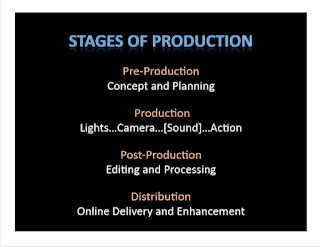Blog Post #9: Creativity and Collaboration Apps for your Students

This week we are looking at apps that allow students to express creativity and collaborate with each other in the classroom. The first creativity app that I looked at and played around with was Toontastic . This app allows Permission By students to create their own animated stories. It allows the students to be creative and choose what kind of story they want to create, how many and what type of characters they want to use for their story, the setting of their story, and so much more. This app allows students to create their own narrations by recording their voices and moving their characters around in a way that goes with their script. I really enjoyed playing around with this app. I think that this app will allow students to be creative while having fun creating their own interactive story/book. I think that this app can be very practical and useful in the classroom for all students to express their creativity while learning how to write different types of stories. I did ...





